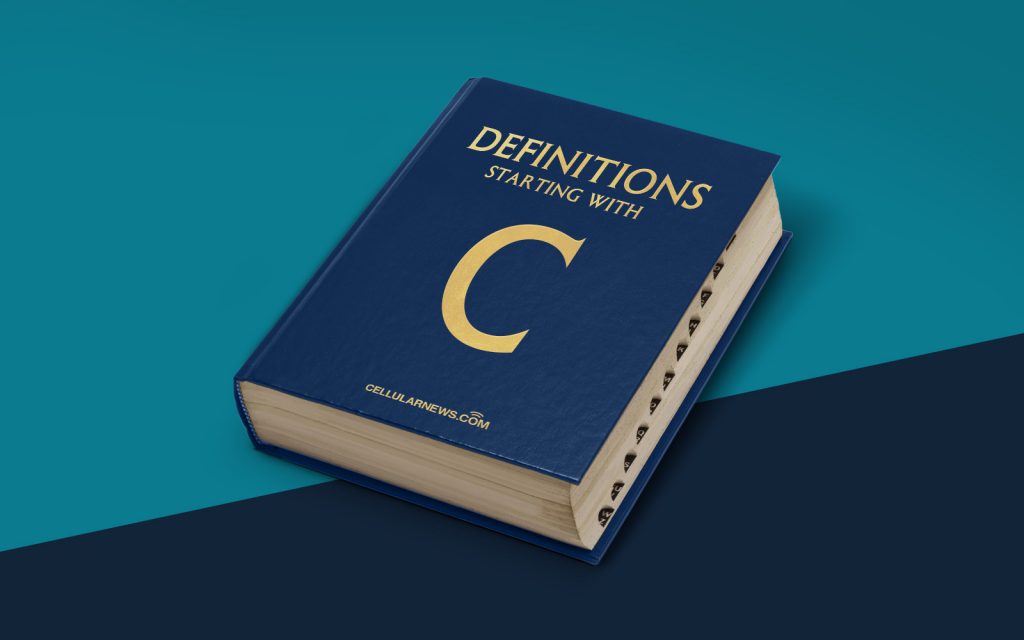
What is Cascading Style Sheets Level 2 (CSS2)?
Welcome to our “DEFINITIONS” category, where we demystify complex web development terms and bring them to you in a simple and accessible way. In this post, we’ll dive into the world of Cascading Style Sheets Level 2, commonly known as CSS2. Let’s explore what CSS2 is, its importance, and how it impacts web design and development.
Key Takeaways:
- Cascading Style Sheets Level 2 (CSS2) is a widely used style sheet language that allows web designers and developers to control the appearance and layout of web pages.
- CSS2 introduced significant enhancements over its predecessor, CSS1, including support for more precise positioning, advanced typography, improved selectors, and increased browser compatibility.
CSS2 is an integral part of modern web design, enabling developers to unleash their creativity and create visually appealing websites. It serves as a bridge between HTML, the markup language used to structure web content, and the visual presentation of that content. By separating the style information from the HTML markup, CSS2 promotes a modular and efficient approach to web design.
One of the key features of CSS2 is its ability to apply multiple style rules to an element, with each rule having a different level of specificity. This “cascading” nature of CSS2 ensures that conflicting styles are resolved in a predictable manner, allowing developers to maintain consistency across their websites while still having flexibility in design choices.
With CSS2, web designers gained new layout options such as positioning elements precisely on the page, creating multicolumn layouts, and controlling the flow of content. Enhancements in typography, including increased control over line heights, letter spacing, and font faces, allowed for more refined and elegant designs.
CSS2 also introduced an expanded range of selectors, enabling developers to target specific elements or groups of elements to apply styles selectively. Selectors like class, ID, and attribute selectors opened up new possibilities for customization and ensured more robust and maintainable style sheets.
Furthermore, CSS2 brought improved browser compatibility, bringing consistency to the rendering of web pages across different platforms and devices. This played a significant role in promoting cross-browser compatibility and reducing development time and effort.
In summary, CSS2 is an essential component of modern web development, allowing designers and developers to transform dull web pages into visually stunning creations. Its wide range of features and enhancements make it a powerful tool for achieving the desired look and feel of a website while maintaining flexibility and modularity.
Key Takeaways:
- CSS2 allows web designers and developers to control the appearance and layout of web pages.
- It offers features such as precise positioning, advanced typography, improved selectors, and increased browser compatibility.
We hope this brief introduction to CSS2 has shed some light on its significance in the web development realm. Stay tuned for more informative posts in our “DEFINITIONS” category, where we unravel the mysteries behind the jargon commonly used in web design.
